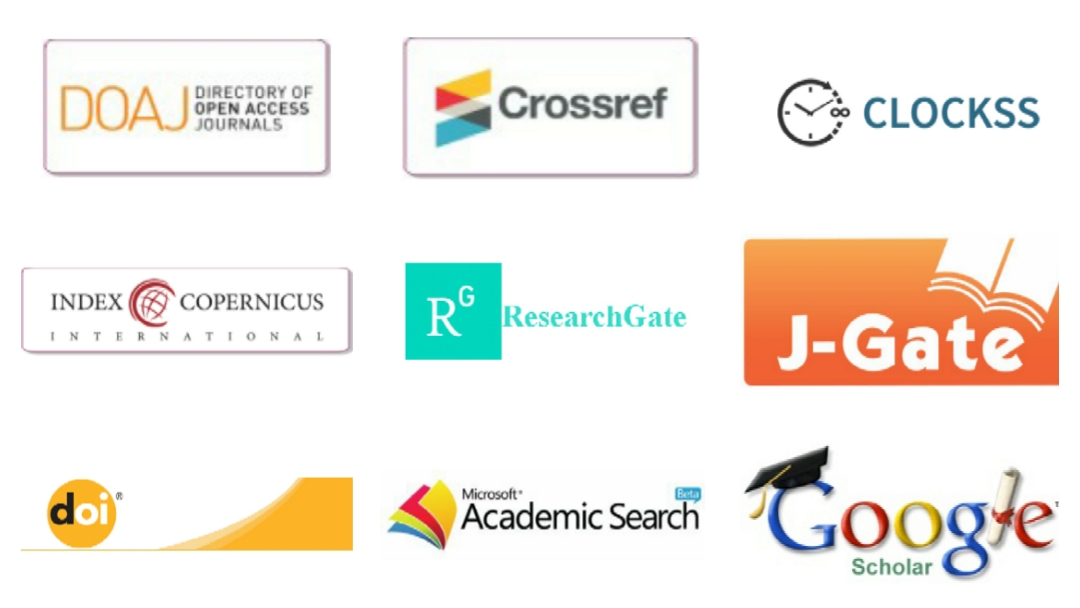Strategies for Developing Sustainable and Competitive Cluster For Handycrafts –Based Small Medium Enterprise (SME)
DOI:
https://doi.org/10.14738/tmlai.83.8218Keywords:
Handycrafts Cluster, Competitiveness, Strategy, SMEAbstract
The SME Assist concept was formulated in August 2009 in line with the philosophy of university-industry engagement. Small Medium Enterprises (SMEs) are important economic driving force in many countries. Previous researches show that efforts taken by various parties and governments of different countries have helped improve and transform SMEs to be competitive in the fast changing global economy. In Indonesia specifically in Bogor regency, West Java, there are different models or approaches adopted and implemented by various parties. However, competitiveness of SME remains an area of concern. For Handycrafts-based SME, in order to meet these expectations and fulfil their contributions to the development process, it is absolutely important that they have high productivity. It is essential that these industries provide productive and remunerative employment and, for their survival and growth, offer products and services at competitive quality and price. The Handycrafts-based SME has a potential to develop in Bogor Regency which is located in tourism area and divided into Villages (Cilember, Leuwimalang, Cisarua, Cibeireum, Kopo and Jogjogan) in Cisarua District.
Handycrafts is the dominant cluster that can generate earning sources and give role of economics which is very significant. Unfortunately, the existence of the Handycrafts-based SME is not as good as most people expected, because there are many constraints faced. In the mean time, the infrastructure and access information concerning capital, technology, management and marketing are limited. Therefore, it is essential to formulate strategy to develop handycrafts-based SME based on internal and external factors. The objectives of this research are to identify the characteristics of handycrafts-based SME in Bogor Regency to have actual conditions, and to analyze the SME’s internal-external environment and to select the alternative strategies for development .
The development strategies of handycrafts-based SME are proposed according to external and internal factors. These factors influence and determine the development dynamic and growth of handycrafts-based SME. The combination of strength and weaknesses together with external situation will determine the development posibility of SME. The score analysis method was used to analyze the internal external environment used for generating strategy using analytical Hierarchy Process (AHP) method. Hierarcy decisions was based on interpretation of secondary data concerning external and internal factors which influence the growth of SME and early discussion with experts from the SME entrepeneurs, academics, and local government. The prioritation of alternatives strategy was determined synchronization of literature and opinion of expert responder, then the result was processed with AHP.
The results of this research show that the characteristics of handycrafts-based SME in Bogor Regency are: using traditional management, simple record-keeping administration, having local market and regional sale, utilize local or regional raw material, perform continous production system, having good quality awareness, using self or family capital resource, utilize simple equipments and technology and also having good innovation capability. According to the score assessment of AHP, the main strategy for the development of handycrafts-based SME in Bogor Regency is give more or better attention for policy formulation and based on socialpreneurship. This strategy means that the government policy should enhance or at least not constraining the development of handycrafts-based SME. The policy should also accommodate the necessity of all stakeholders related to handycrafts-based SME
References
Finnish forest and park service, Forest Science, Vol. 47, No. 4, 534-541.
(2) Porter, M.E. (1979) How Competitive Forces Shape Strategy, Harvard Business Review, March/April 1979.
(3) Porter, M.E. The competitive advantage of nations. New York: Free Press. (1990)
(4) Porter, M. E. 1998, Clusters and the new economics of competition, Harvard Business Review, Nov/Dec98, Vol. 76 Issue 6, p77
(5) Rauch, P. (2007) SWOT analyses and SWOT strategy formulation for forest owner cooperations in Austria, Eur J Forest Res, vol. 126, 413-420.
(6) Rosenfeld, Stuart A, 1997, Bringing Business Clusters Into The Mainstream of Economic Development, European Planning Studies, 5.
(7) Saaty, Thomas L. 1980. The analytic hierarchy process: Planning, priority setting, resource allocation. McGraw-Hill International Book Co.
(8) Weihrich, H. (1982) The TOWS matrix-A tool for situational analysis, Long Range Planning, Vol. 15, No. 2, 54-66.
(9) World Economic Forum, The Global Competitiveness Report 2009-2010






